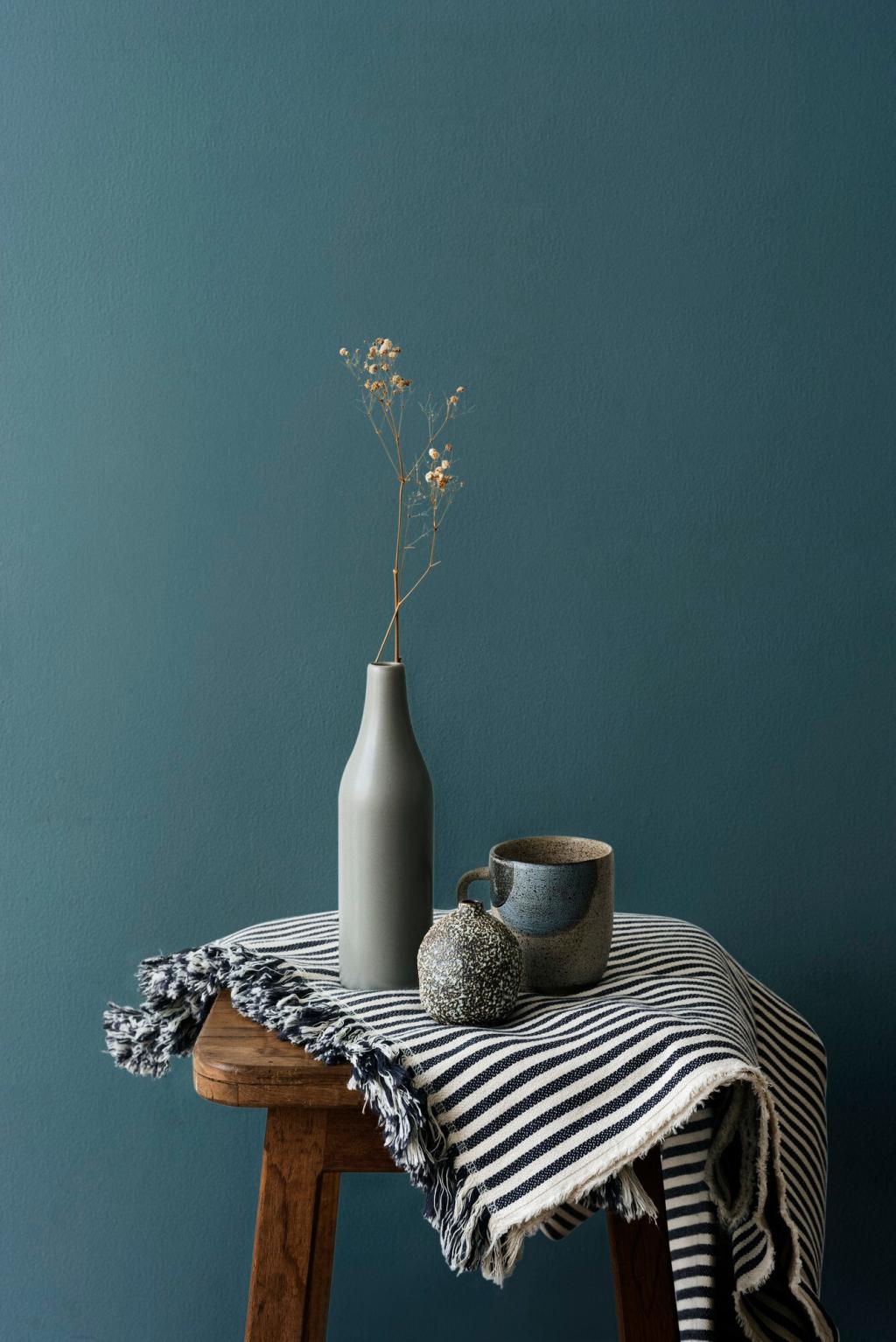
Incorporating Minimalist Design in Home Offices
Minimalist design offers a refreshing approach to home office spaces, emphasizing simplicity, functionality, and clean aesthetics. By minimizing clutter and focusing on essential elements, minimalist home offices foster productivity, calmness, and creativity. This guide will explore key foundations of minimalist design, benefits, furniture and materials, as well as tips for maintaining a minimalist workspace that enhances focus and well-being.
Embracing Simplicity in the Workspace
Embracing simplicity means adopting a “less is more” mindset where every object and detail serves a purpose. Instead of filling the space with unnecessary items, choose a restrained color palette, streamlined decor, and multipurpose furniture. This approach ensures your workspace feels calm and orderly, free from distractions that can impede focus. Minimalism highlights the importance of negative space, allowing the mind to settle and making it easier to locate essential items. This clarity not only benefits your workspace aesthetically but also nurtures better work habits and a more productive environment. Through intentional choices, you can foster a home office that is both visually balanced and highly functional.
Prioritizing Functionality Over Ornamentation
Minimalist design in home offices emphasizes functionality above all else. While aesthetic appeal is important, the primary goal is to ensure every element in the space serves a practical purpose. Streamlined desks, ergonomic chairs, and efficient storage solutions are selected based on their utility and ability to support daily work tasks. Avoiding excessive ornamentation and decorative clutter keeps the focus on work, not distractions. Thoughtfully chosen functional pieces allow for a workspace that is easy to maintain and supports healthy work habits. When form follows function, your home office feels intuitive and tailored for efficiency, freeing you to think creatively and work productively.
Creating Visual Balance and Harmony
A successful minimalist office is visually balanced and harmonious, which goes beyond merely having fewer items. Balance is achieved by thoughtfully arranging furniture, considering symmetry, and allowing for open space around key pieces. Harmonious design includes the careful selection of a cohesive color scheme and the use of consistent materials throughout the space. This unified approach fosters a tranquil atmosphere, reducing mental clutter and stress. Achieving visual balance means the eye can move smoothly through the workspace without being caught by chaotic or mismatched elements, further supporting focus and a sense of calm. Ultimately, visual harmony is the foundation for a peaceful and inspiring home office.
The Benefits of a Minimalist Home Office
Enhancing Productivity and Focus
A minimalist office environment is tailored for concentration. With distractions minimized and only essential tools readily accessible, it’s easier to immerse yourself in work tasks. The absence of visual clutter improves cognitive focus, allowing your mind to process information more efficiently. Every element in the workspace is intentional, which reduces decision fatigue and streamlines daily routines. Natural light and clear surfaces foster a sense of openness and calm that further enhances your ability to concentrate. By designing your home office with minimalism in mind, you can cultivate a setting that consistently supports productivity and a higher quality of work output.
Reducing Stress and Promoting Calm
Cluttered environments can contribute to feelings of overwhelm and anxiety, making it difficult to relax or remain motivated. Minimalist design addresses this by promoting organizational systems and simplicity, which naturally reduces stress levels. With every object in its place and a commitment to keeping surfaces clean, your home office becomes a peaceful retreat rather than a source of tension. Streamlined furnishings and a restrained color palette also inspire psychological comfort, making it easier to unwind and recharge between work sessions. Ultimately, a minimalist workspace offers a soothing environment that supports long-term well-being and emotional stability.
Supporting Work-Life Balance
One overlooked advantage of a minimalist home office is its positive impact on work-life balance. By keeping the workspace distinct, orderly, and free from unnecessary distractions, it becomes easier to mentally transition between professional and personal time. The clarity and simplicity of the space encourage you to remain present during work hours and to disengage fully when the day is done. Minimalist organization strategies—such as hidden storage or multipurpose furniture—help maintain boundaries between work tools and personal belongings. This intentional separation supports healthier routines and a more fulfilling balance between productivity and rest.
Selecting Essential Furniture Pieces
The cornerstone of any minimalist office is the careful selection of essential furniture. Start with a simple, sturdy desk that offers ample workspace without unnecessary features. Choose ergonomic chairs that promote comfort during long work sessions while maintaining clean lines and subtle detailing. Limit additional furniture to only what is strictly needed—such as a compact filing cabinet or a floating shelf for crucial documents. This curated approach ensures that each piece is vital to your workflow, reducing clutter and highlighting functional beauty. The result is an office that exudes calm and efficiency, with every item adding value to your daily routines.
Emphasizing Quality and Natural Materials
Quality materials are fundamental in minimalist spaces, bringing a sense of longevity and calm. Instead of filling the workspace with disposable or ornate items, focus on furniture made from natural materials like wood, steel, or glass. These timeless options imbue the office with warmth while keeping the aesthetic clean and understated. Simple finishes and natural textures offer visual interest without overpowering the senses. Investing in durable, well-crafted furnishings ensures that your minimalist office remains practical and elegant for years to come. The tactile qualities of these materials also enhance the sensory experience, making your home office a place you genuinely enjoy inhabiting.
Streamlining Storage Solutions
A minimalist office relies on thoughtful storage systems to keep the workspace free of distractions and clutter. Opt for concealed storage—such as cabinets with clean silhouettes or under-desk drawers that hide supplies from view. Uniform organizers and discreet baskets can also help maintain order without sacrificing style. The goal is to make it easy to access what you need while keeping surfaces tidy and visually open. Well-designed storage encourages regular tidying and fosters a sense of calm, which is essential for maintaining a minimalist environment. By integrating storage seamlessly into your design, you ensure an office that looks pristine and functions flawlessly.
